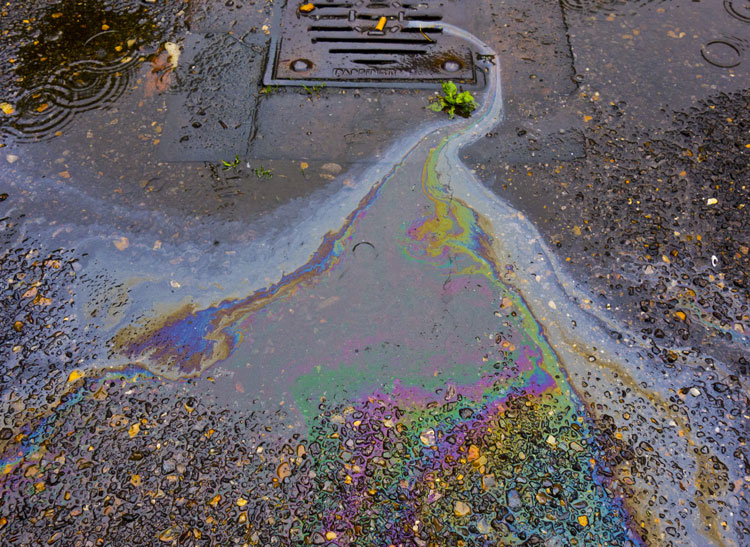SPCC stands for Spill Prevention, Control and Countermeasure plan. The main purpose of an SPCC location-specific plan is to assist facilities in the prevention of any discharges of harmful substances, in particular oil, into navigable waters or adjoining shorelines. Due to the danger an oil spill may have on public health and the environment, every effort should be made to prevent a spill. The EPA requires the SPCC rule to ensure facilities develop, maintain, and implement an oil spill prevention plan. This helps keep facilities and surrounding areas much safer if an oil spill were to occur, and properly instructs how to clean and report releases promptly.
Who is responsible for holding and maintaining an SPCC Plan?
The SPCC rule requires that the owner or manager of the facility prepares the SPCC plan for their facility, as well as properly implement it. The plan itself must be retained at a location that is normally attended at least four (4) hours per day.

Does my facility need an SPCC Plan?
Your facility needs a plan if it:
- Stores, transfers, uses or consumes oil or oil products (such as diesel fuel, gasoline, lubricant oil, hydraulic oil, crop oil, vegetable oil or animal fat)
- Stores more than 1.320 total U.S. gallons aboveground, or more than 42,000 gallons below ground
- Could potentially be expected to discharge oil to large bodies of water or shorelines (such as lakes, rivers, streams)

How do I know if my facility could potentially discharge oil into navigable waters or adjacent shorelines?
- Consider the geography and location of your facility relative to any nearby water or shorelines.
- Consider if ditches, gullies, storm sewers or other drainage systems could possibly transport an oil spill from a smaller area to any navigable waters or adjacent shorelines.
- Estimate the volume of oil that could be spilled. Understand how the oil might flow from your facility and consider the soil conditions or geographical features that would affect the flow or change the pace at which the spilled oil moves.
- Think about whether precipitation runoff could transport oil. Assume manmade features are not present when considering this, such as dikes, equipment, or other structures.
If these situations are all carefully considered and it is determined that a spill could potentially and reasonable flow to a waterway or shoreline, your facility must comply with the SPCC code.
Note: if the oil storage capacity at a facility is less than ten thousand gallons, the plan can be self-certified, self-inspected and does not need to be filed with the EPA.
Additional Information Resources
- June 2010 letter from the American Petroleum Institute (API) concerning API’s SPCC guidance document and template, Suggested Procedure for Development of a Spill Prevention Control and Countermeasure Plan, API Bulletin D-16 (SPCC concerns related to gas plants)
- December 2010 letter from EPA to API in response
Need assistance getting your facility SPCC compliant?
